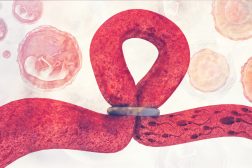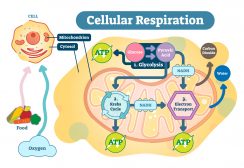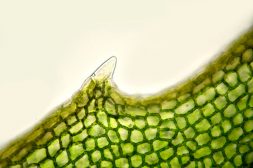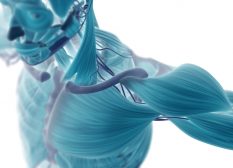Definition
noun, plural: tight junctions
A type of cell junction that is attached to components of the extracellular matrix and anchored to one another, and plays an important role in keeping the cells together and in the structural cohesion of tissues
Supplement
Cell junctions are specialised junctions between cells. They occur within animal tissues (e.g. animal tissues, nerve tissues, etc.). They are formed by multiprotein complexes that provide contact between adjacent cells or between a cell and the extracellular matrix. There are three major types of cell junctions: (1) tight junctions, (2) gap junctions, and (3) anchoring junctions.
Anchoring junctions are cell junctions that are anchored to one another and attached to components of the extracellular matrix. They are important in keeping the cells together and structural cohesion of tissues. They are commonly found in tissues that are prone to constant mechanical stress, e.g. skin and heart.
There are three types of anchoring junctions. They are desmosomes, hemidesmosomes, and adherens junctions. Both desmosomes and hemidesmosomes use intermediate filaments as their cytoskeletal anchor. However, the transmembrane linker of desmosomes is cadherin whereas that of hemidesmosomes is integrins. Desmosomes link cell to another cell. Hemidesmosomes link cell to the extracellular matrix.
The adherens junctions use actin filaments as their cytoskeletal anchor. Their transmembrane linker is cadherin or integrin. Therefore, adherens junctions link cell to another cell or to the extracellular matrix.
See also:
Dictionary > Anchoring junction
You will also like...

Birth Control and Contraception
Different pregnancy and birth control and contraception strategies are described. Read this tutorial to learn each of th..

Cell Respiration
Cell respiration is the process of creating ATP. It is "respiration" because it utilizes oxygen. Know the different stag..

Lights’ Effect on Growth
This tutorial elaborates on the effect of light on plant growth. It describes how different plants require different amo..

Plant Meristems and Growth
In plants, growth occurs in meristems, which are the site of repeated cell division of unspecialized cells. These cells ..

The Hominids
The hominid family diversified from the apes around 6 to 8 million years ago. Since then, the evolutionary path has prov..

Muscle
Muscle cells are specialized to generate force and movement. Learn about the different types of muscle tissues in this t..

